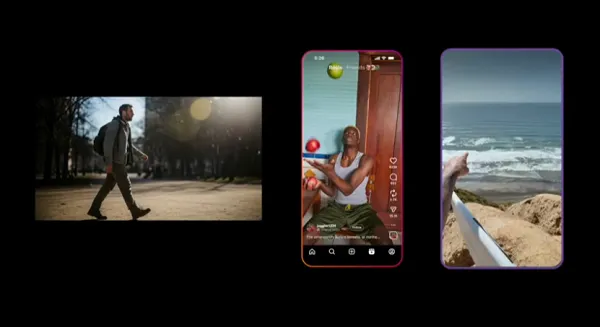
"We're beyond the era of mangled fingers and obvious giveaways that something's AI-generated. So how can we infer if something is real or say Gen AI content? Traditional methods such as visual watermarks (which can be distracting) or metadata tags (which can be lost if a video is edited or re-encoded) do not address these challenges adequately and robustly. Due to its persistence and imperceptibility, invisible watermarking presents a superior alternative."
"Traditional methods such as visual watermarks (which can be distracting) or metadata tags (which can be lost if a video is edited or re-encoded) do not address these challenges adequately and robustly."
Obvious visual artifacts no longer reliably indicate AI-generated content as generative models improve. Visible watermarks can distract viewers and reduce user experience. Metadata tags can be removed or altered when media is edited, re-encoded, or transcoded. Both visible watermarks and metadata therefore fail to provide robust, persistent provenance or detection guarantees. Invisible watermarking embeds signals that are imperceptible to viewers while surviving common editing and re-encoding operations. Invisible watermarking therefore enables more reliable detection and verification of synthetic or AI-generated media without degrading visual presentation.
Read at Social Media Today
Unable to calculate read time
Collection
[
|
...
]